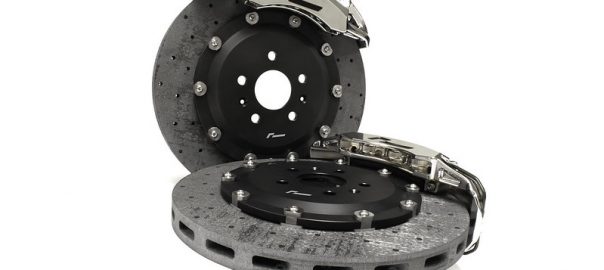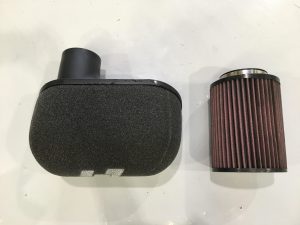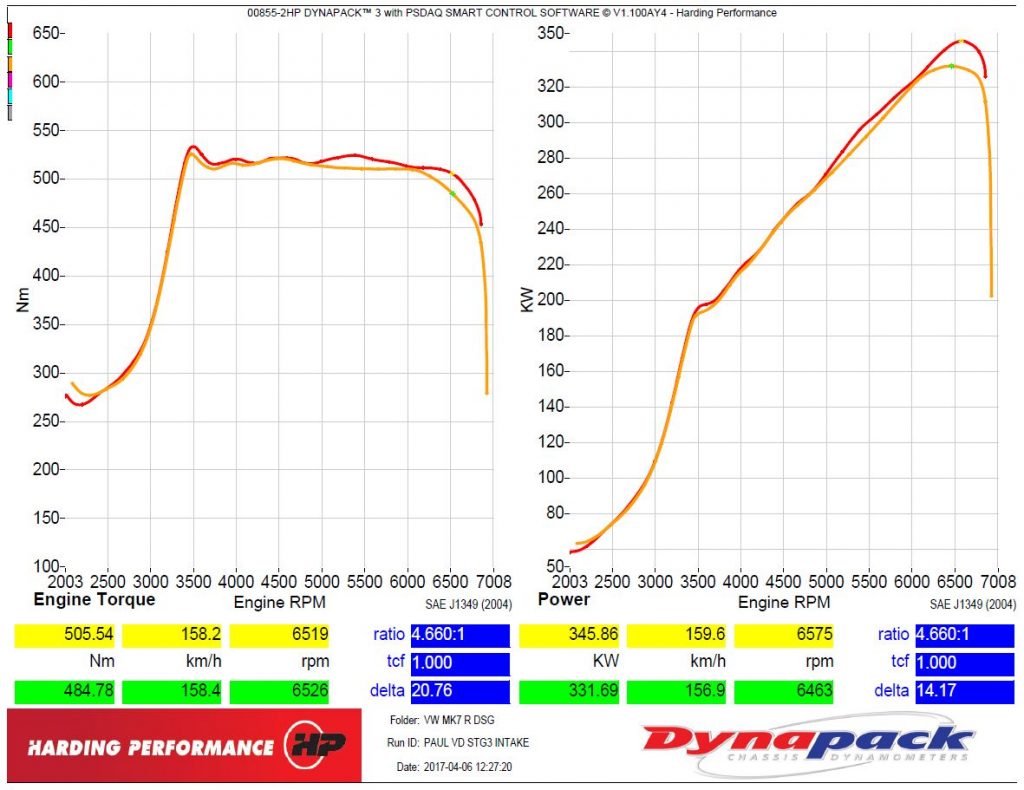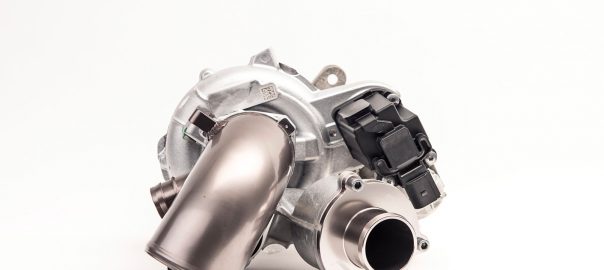If you’ve just had a Racingline Big Brake kit fitted to your VAG vehicle, here are some important facts you need to know to ensure you get the most from your new setup.
Break in (Pad Bedding): Particularly track pads, DS2500, HC800
The aim is to bring the pads to full race temperatures, but slowly (too quick bedding results in glazing). This is done by a series of laps where full speeds may be attained but lighter braking pressures are used (i.e. the driver applies the brakes earlier).
It is important that the pads are allowed to cool after the bedding process before racing. Ideally the pads will arrive at temperatures in excess of 500°C during the bedding. Pads smoking during the cool-down are not a cause for concern. Perform at least 15 trial brake applications, initially with reduced pressures (50% of the normal that might be used for that same brake application were it to occur under race conditions) building up to full decelerations after the 15 applications. To shorten the procedure applications can be made along the straights as well as at corners.
On completion of the trial applications, return to the pit lane. Inspect the surface of the brake pads from the front wheels that have been working the hardest. There should be evidence of contact over the full pad area, but without glazing. The pads are now ready to race. Whilst it is recommended that pads are inspected after bedding, if time does not allow this and paragraph 1 has been carried out appropriately, so long as a short period of time has elapsed to allow the brake system to cool (ideally to below 100°C – this might take in excess of five minutes), the pads will be ready to track.
Warm up and cool down:
On track days, always bring your brakes up to temperature by completing 1-2 laps concentrating with 50% load (therefore 50% speed required).
Once warmed up, this aids even pad and rotor wear, and reduces undue noise and vibration caused by “hot spotting”, pad pick up, and warping.
It is also strongly recommended to carry out a brake cool down lap. This is enough time for cooling air to pass over the system after the last of the heavy stops. It can help prevent wear and tear, brake fluid boiling etc. It is recommended to park on a level surface, in gear, with the hand brake OFF.
Brake noise:
Brake noise or squeal is a vehicle system problem since the severity, regularity and tone is a function of the brake and suspension components in combination. This does not represent a problem on competition vehicles where performance is the primary objective but is generally unacceptable for road use. Some vehicles are particularly susceptible to the problem.
The contact between the pad and disc during braking creates the raw energy to produce the noise but the actual squeal can be primarily or a combination of the disc, caliper and pad. Elimination of squeal under all brake operating conditions is difficult to achieve when specifying a brake package whose purpose is to safely absorb very high energy inputs. A number of methods are available to reduce the noise factor of a brake system but assuming the base vehicle suspension system is settled, the reduction or elimination of noise is usually achieved by a process of trial and error. The first and easiest solution to try is the addition of high temperature grease or brake Anti Squeal” compound applied to the back of the pad to provide a damping medium between the piston and pad.
The use of high friction brake pads creates high energy at the friction interface which can characteristically lead to more brake squeal but some pads are typical for their lower noise rating. These pads are characterised by their lower friction coefficient and reduced initial ‘bite’.
Generally it is found that multi drilled or grooved discs used in conjunction with competition pads will give higher noise levels for road use, plain face discs can cause higher levels of squeal, as the pad is not cleaned by the actions of holes or grooves.
For the Racingline Big Brake kit, we have found using Ferodo DS2500 pads give little or no pad noise and still have good performance.
Where the noise is a function of the brake pad temperature, and by the noise reducing (possibly to zero) as the brakes are used more severely, In other words, glazing can be cleaned off with a few good hard stops.
The pad may also respond to the addition of pad chamfers which reduce the effective pad area and change the pad shape / centre of pressure. These chamfers (10mm x 30 degrees) can be added to the leading edge first and their effect assessed prior to the addition of a chamfer on the trailing edge.
Rotor wear and reduction in the machined grooves depth will also affect performance and noise. Once the disc has worn or been machined down to less than 1/3rd of the groove depth, it’s time to replace the rotors.
Brake fluid and temperatures:
We always recommend MOTUL RBF600 or RBF660. We always suggest bleeding / replacing after a hard track day.
As your brake pads wear down, their insulation and heat absorption qualities also disappear. Wear will accelerate, temperatures increase and fluid may boil. Keep this in mind and replace your pads accordingly.
Note:
We have only personally tested the Ferodo DS2500 and the Project MU HC800 track day pads.
Both give fair life and excellent results, and work well with our rotors.
Please contact Harding Performance for any additional information on 1300 730 949.










